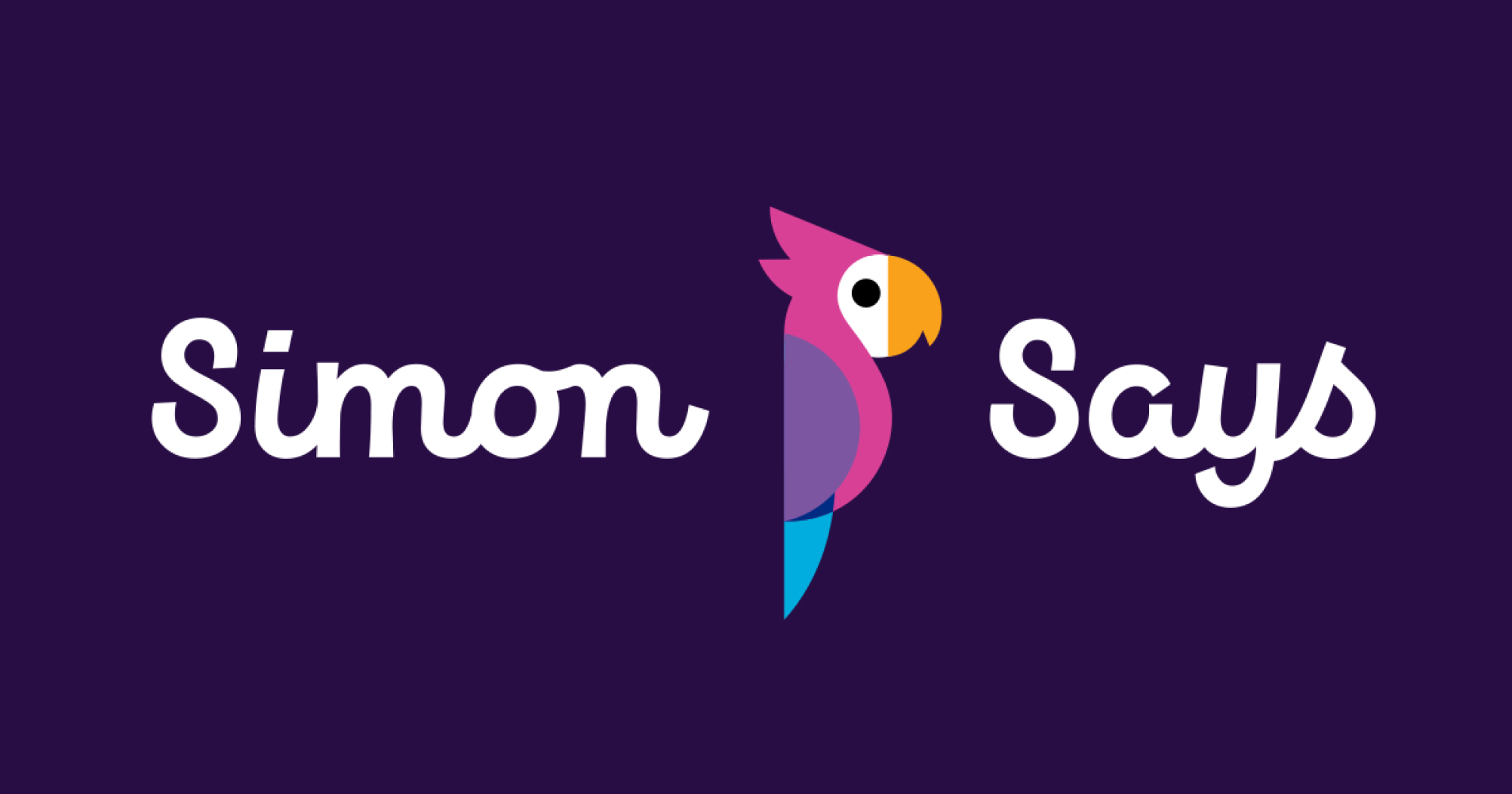

A marketer's guide to social media video marketing [EXAMPLES]
Social media video is an essential component of any marketing strategy. Every social media platform now allows for video posts: Instagram, Twitter, Facebook, TikTok, Snapchat, LinkedIn -- even Pinterest.
Video marketing allows you to capture an audience's attention, using visuals and audio to convey your message and add humor or emotion. That's why, when it's done right, it's far more effective than static image posts. So how can you get social media video right for your brand?
Why you should be using video on social media
Marketers simply can't underestimate the power of video on social media. One study found that videos shared by businesses generate twelve times as many shares as text posts and images combined. That's massive.
Not only are videos attention-grabbing - and favored by the algorithm - they also are a stellar way to humanize your brand, connect with followers, share behind-the-scenes content, highlight new product features, and define your corporate identity.
With social media videos, everyone wins. It's a more accessible medium, consumers love fun digestible content, and marketers know that video rakes in the engagement and delivers high ROI. With a strong social media marketing campaign, your videos can bring in new customers through shares and SEO.
Social media sites that support video (and how to use them)
Social media video content can't be approached with a one size fits all attitude. It may be easier to produce one, short video idea and pump it out on every platform, but to be successful you'll need to tailor your content for each of your social media channels.
YouTube
Did you know that YouTube is the world's second-largest search engine, and is the second most visited site after Google? Marketers have a huge opportunity to reach new consumers here, as videos are found through search terms rather than an algorithm.
YouTube is the best place for highlight reels, product explainers, video ads, or trailers, as well as longer video webinars, Q&As, and event broadcasts.
Instagram is all about the visuals. It's a place where aesthetic is everything; where content has to be short, sharp and engaging. Users scroll away from posts quickly, especially if they see it labeled 'sponsored', so there's a need to make your Instagram videos eye-catching or surprising.
Instagram Stories, IGTV, and live videos also provide a space for more authentic, unfiltered behind-the-scenes content - the stuff that followers love.
Facebook videos can afford to be a little longer than Instagram, but they should still grab your follower's attention in the first couple of seconds.
The Facebook algorithm means that the more people who engage with your video, the more it'll show up in the home feed of their social network. You have a great opportunity here to reach a new audience -- and potential new customers, too.
TikTok
Not every brand can find success on TikTok. But when they do, it can have a phenomenal impact on the business.
If your primary target audience is Gen Z and millennials, you should seriously consider building up a presence on TikTok. The algorithm means that users with 50 followers can get 10 million views on a video, making it an even playing field for social media marketing newcomers.
Twitter videos can go viral very quickly -- for better or worse. It's a fast-moving platform, where a post can get great engagement for a day and then die off.
Here, you want to be sharing content that's authentic and has an air of being in the moment and off the cuff. Overproduced videos on Twitter tend to look like video ads, which people won't bother to stop and watch.
How to set a social media video marketing strategy
If you don't have much experience with video content, it can be intimidating to try and set a social media strategy. But really, the process is no different from any other marketing plan. It's all about knowing your consumers inside out, and familiarizing yourself with each platform so you can adjust your content accordingly.
Set your goals, define your audience, come up with a content plan, and schedule away.
Yes, creating different content for each platform may seem like a laborious task, but it's definitely worth it -- the types of video that soar on TikTok won't work on Facebook and vice versa.
How to measure social video success
Tracking success is an essential part of your social video strategy. This is how you'll see what's working and what's flopping, and you can then tailor your content plan in response.
Facebook, Instagram, and Twitter have built-in analytics tools that are a powerful way to assess your performance. But on TikTok you'll have to do a more manual analysis of your posts and engagement metrics. Find out more in this guide here.
The social media video checklist
The devil is in the detail when it comes to getting started with engaging video. Here's what you'll need to bear in mind, whichever platform you're posting to:
Aspect ratio
Each social platform has different size requirements for videos - some like vertical video, while others opt for a square format. It's important to plan your footage ahead of time, so your video content doesn't get cropped.
Transcriptions and subtitles
Including captions on social videos is essential. Not only does it make your content more widely accessible, but it also adds a level of clarity for viewers. And don't worry, Simon Says can help create your subtitles in seconds.
Language translation
The more languages you cater to, the bigger your audience becomes! Simon Says can assist here, too.
Writing a caption
This one's more important than you might think - even for video marketing. Keep it short and sharp, and include any relevant hashtags.
Add a CTA
What's the purpose of your video? Do you want people to follow a link, look at a product, leave a reply, or just engage with your account? Don't forget the call to action.
Enabling or disabling comments
On most platforms you have the opportunity to disable the comment section, which can be useful if you want to discourage spam or trolls.
3 examples of social media video done right
Glossier

A makeup brand for millennials and Gen Z, Glossier has absolutely nailed it with their TikTok content.
They share a lot of user-generated and influencer content, which garners far more engagement with their audience demographic than standard branded video. They've amassed a huge following by sharing authentic videos, including tutorials and behind-the-scenes content, that their audience genuinely wants to see.
Dollar Shave Club

This subscription razor company is a leader in YouTube video. Their YouTube channel is used to share new product announcements and advertising, though they really focus on tutorials and fun, bite-sized content.
They know that YouTube views are driven by search terms, and that videos with titles like 'How to shave' and 'Which razor is right for me' will rank high in the results.
Starbucks

Starbucks is proof that you don't need to be a new brand to get emerging marketing channels right.
If you look across Starbucks' social channels, you'll see that they very much tailor their content for each platform. Their Instagram presence is bright and colorful, with snappy videos and fun captions. On Twitter they retweet brand mentions and engage in conversations, and on Facebook they focus more on content for an older audience.
Why you should use Simon Says for social media video
More and more, users are watching social videos without sound, which, along with accessibility reasons, is why it's so important to have subtitles.
Creating social media subtitles doesn't have to be an arduous process though! Simon Says is an A.I. powered transcription and translation service that automatically generates accurate subtitles and captions for your video. All you need to do is upload your video file to the Simon Says website, click 'Transcribe'. It's as easy as that!




